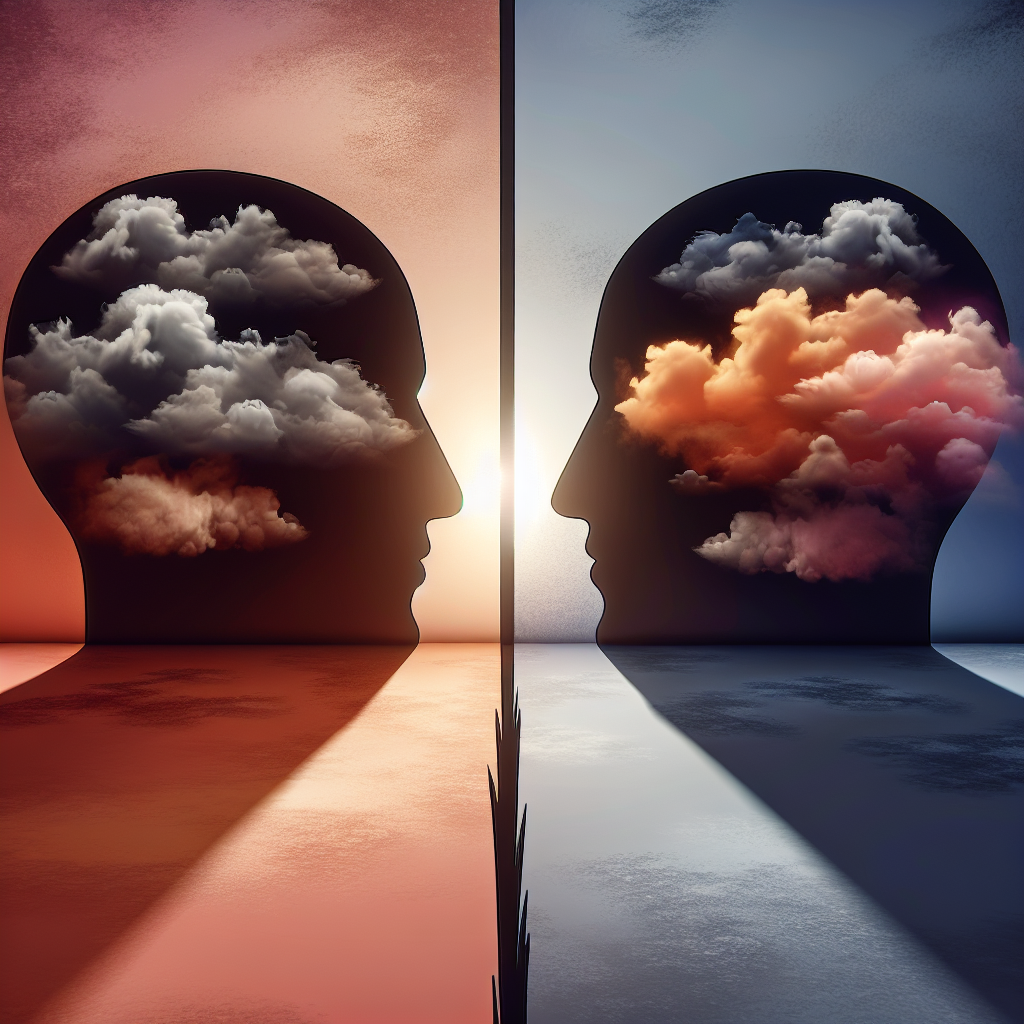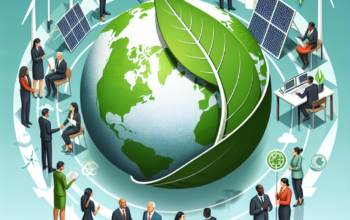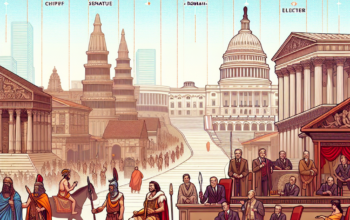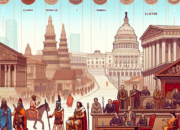Understanding the roots of political polarization has become a critical endeavor in today’s highly charged political climate. With the rise of extreme partisanship and the looming influences of social media, understanding the mechanisms that divide societies and affect democratic processes is essential. In this article, we will explore the factors that contribute to political polarization, how they manifest in society, and the potential pathways to bridge the divide.
Historical Context of Political Polarization
Political polarization is not a new phenomenon; it has deep historical roots that have evolved over centuries. In the United States, significant political divides can be traced back to the founding fathers, who had differing visions for the new nation. This division laid the groundwork for future party systems and ideological struggles, such as those during the Civil War, where key issues like slavery led to deep national rifts. The emergence of political factions, such as the Federalists and Anti-Federalists, exemplified early disagreements over governance, economic policy, and individual rights.
Fast forwarding to the late 20th century, significant social changes, including the civil rights movement and the Vietnam War, accentuated the ideological divides within American society. The subsequent realignment of party ideologies—as conservatives consolidated their stance around economic liberalism and social conservatism, while liberals gravitated toward a more progressive agenda—has solidified the current state of polarization. Today’s political landscape starkly reflects these historical divides, with parties more ideologically homogenous and entrenched than ever before.
The Role of Social Media in Polarization
Social media has emerged as a powerful force in shaping public opinion and amplifying political divides. Platforms like Twitter, Facebook, and more recently TikTok have been criticized for creating echo chambers where users are exposed primarily to viewpoints that align with their own. Algorithms designed to maximize engagement often promote sensationalist content, further fueling polarization by prioritizing emotionally charged narratives over nuanced discussions. The result is a digital ecosystem that thrives on division and conflict.
Additionally, misinformation campaigns have proliferated in the fast-paced environment of social media. Fake news and misleading information can spread rapidly, often resonating with individuals’ pre-existing beliefs. In the lead-up to the 2024 elections, we witnessed a significant increase in misinformation regarding candidates and policies, exacerbating tribalism among supporters. As users increasingly rely on social media as their primary news source, understanding the implications of this polarization becomes essential for promoting informed civic engagement.
Psychological Factors Contributing to Polarization
At the core of political polarization are psychological factors that influence how people perceive and engage with political information. Group identity is a powerful driver of political behavior; individuals often align their beliefs with those of their social groups, exacerbating divisions. Social identity theory explains that individuals derive part of their self-esteem from their group affiliations, leading to in-group favoritism and out-group hostility. This can manifest in political contexts where individuals become defensive about their party’s beliefs and dismissive of opposing viewpoints.
Cognitive dissonance also plays a critical role in political polarization. When faced with evidence that contradicts their beliefs, people often experience discomfort, leading them to rationalize their existing views rather than reconsider them. This phenomenon can create polarized echo chambers, where people feel justified in their beliefs and resistant to alternative perspectives. As political discourse continues to fragment, understanding these psychological mechanisms is crucial for fostering constructive dialogue and bridging the divide.
The Impact of Economic Inequality on Polarization
Economic inequality serves as another underlying factor contributing to political polarization. Over recent decades, income and wealth disparities have been on the rise, leading to frustration and disillusionment among financially disadvantaged groups. The experience of economic stagnation or decline can contribute to the belief that the political system is rigged against them, intensifying their support for populistic and extreme political movements. As seen in the 2024 election cycle, candidates appealing to economic disenfranchisement often resonate strongly with voters seeking change from the status quo.
Moreover, the concentration of wealth has not only affected individual fortunes but also enhanced the political power of affluent groups, leading to policies that often disregard the needs of the broader population. This growing disconnect between the wealthy elite and the working class fosters resentment and a sense of injustice, further deepening political divides. In such an environment, attracting disinformed or polarized voter bases has become a prevalent strategy, perpetuating cycles of deepening conflict.
Strategies for Bridging Political Divides
Despite the prevailing climate of polarization, there remain palpable opportunities to forge connections across the political spectrum. Initiatives aimed at promoting dialogue and understanding, such as deliberative democracy programs, encourage individuals from diverse backgrounds to engage in structured conversations focused on empathy and shared values. Community-driven projects that prioritize common ground over partisan disagreements can foster a sense of collaborative problem-solving, thus mitigating extreme divisions.
Education also plays a vital role in addressing political polarization. Teaching critical thinking skills and media literacy in schools equips students with the tools necessary to navigate information landscapes effectively. When individuals can discern reliable information from misinformation, they are better prepared to engage in constructive political dialogue. Efforts to promote political civility and conflict resolution in educational contexts can cultivate a new generation geared toward bipartisan collaboration.
Finally, engagement with grassroots activism can inspire more inclusive political participation. By bringing diverse communities together to address shared concerns—such as climate change, public health, and education—citizens can challenge the binary nature of political discourse. Encouraging cross-ideological partnerships for pragmatic reform can bridge divides and build solidarity around common interests, signaling the possibility of a more harmonious political future.
Conclusion:
The roots of political polarization are deeply embedded within historical, social, psychological, and economic frameworks. Understanding these factors is crucial to discover actionable pathways toward reducing divisions in our increasingly fractured political landscape. In exploring the impacts of social media, cognitive biases, and rising economic inequality, we can better respond to the challenges posed by polarization in the context of a complex, interconnected society. As the need for dialogue and cooperation escalates, comprehensive strategies and grassroots efforts can pave the way for a more unified political climate, essential for the continuous health of democracy.
FAQs
What is political polarization?
Political polarization refers to the growing ideological gap between political parties or groups, leading to an increasing sense of division and partisanship within a society.
What are the main causes of political polarization?
Key causes include historical context, economic inequality, social media influence, psychological factors, and disinformation, all of which contribute to the widening ideological gap.
How does social media influence political polarization?
Social media amplifies political polarization by creating echo chambers, spreading misinformation, and prioritizing emotionally charged content that engages users but may distort their perceptions of reality.
Can political polarization be reduced?
Yes, initiatives promoting dialogue, education, community engagement, and grassroots activism can serve as effective strategies to bridge divides and foster a more inclusive political environment.
What role does economic inequality play in polarization?
Economic inequality fosters frustration and a sense of disenfranchisement, leading individuals to align with extreme political movements and exacerbating divides between different societal groups.












